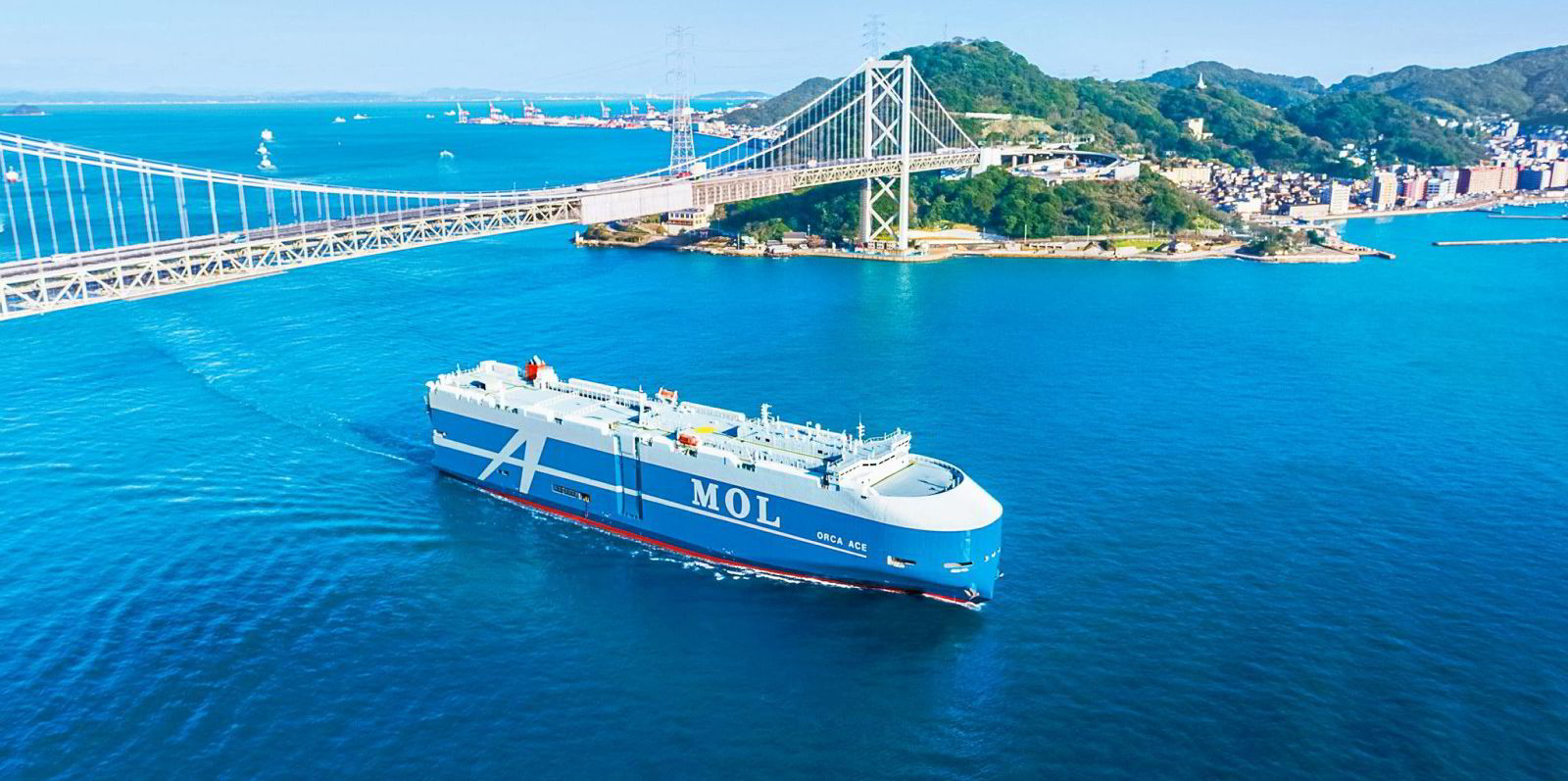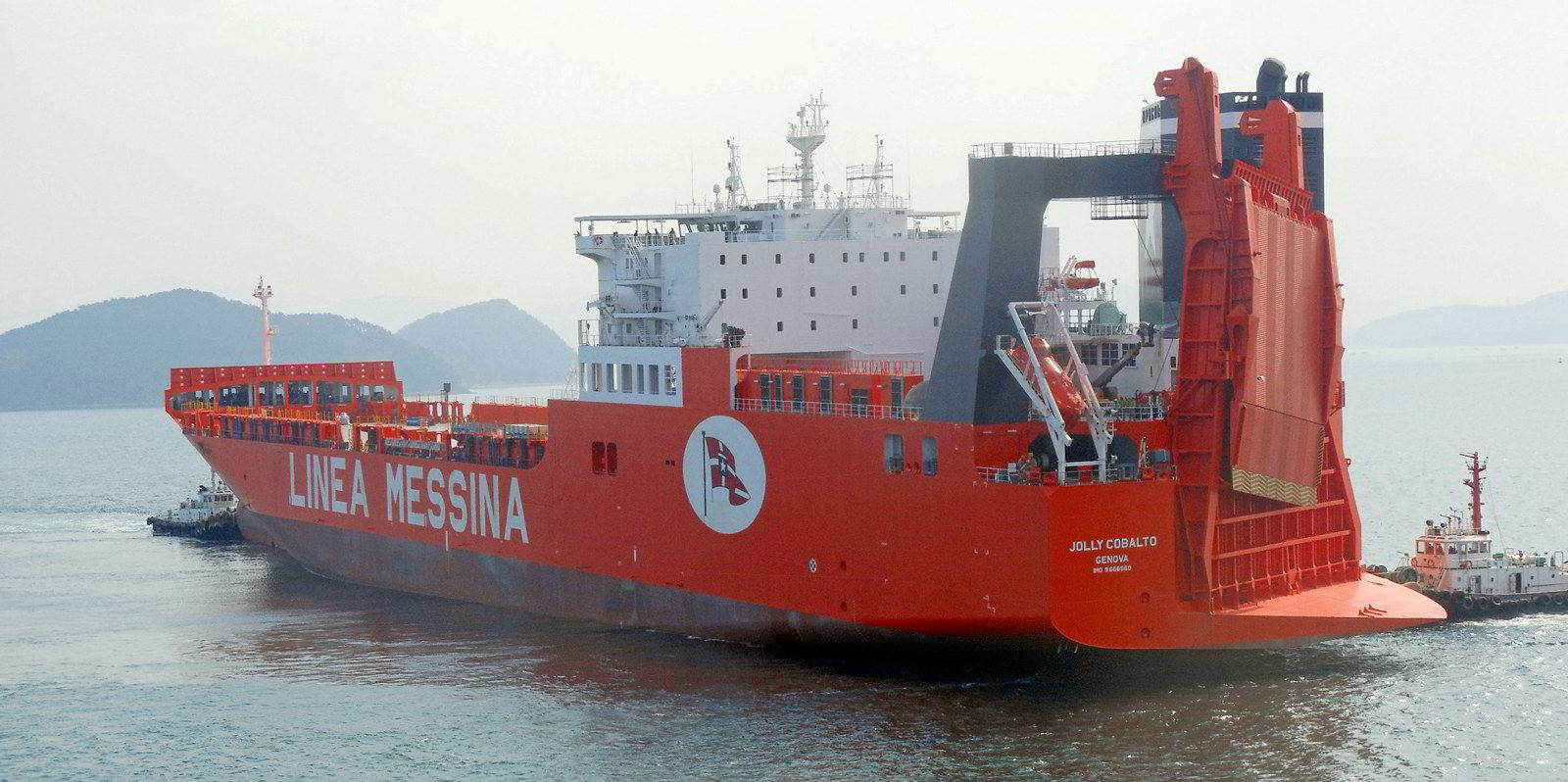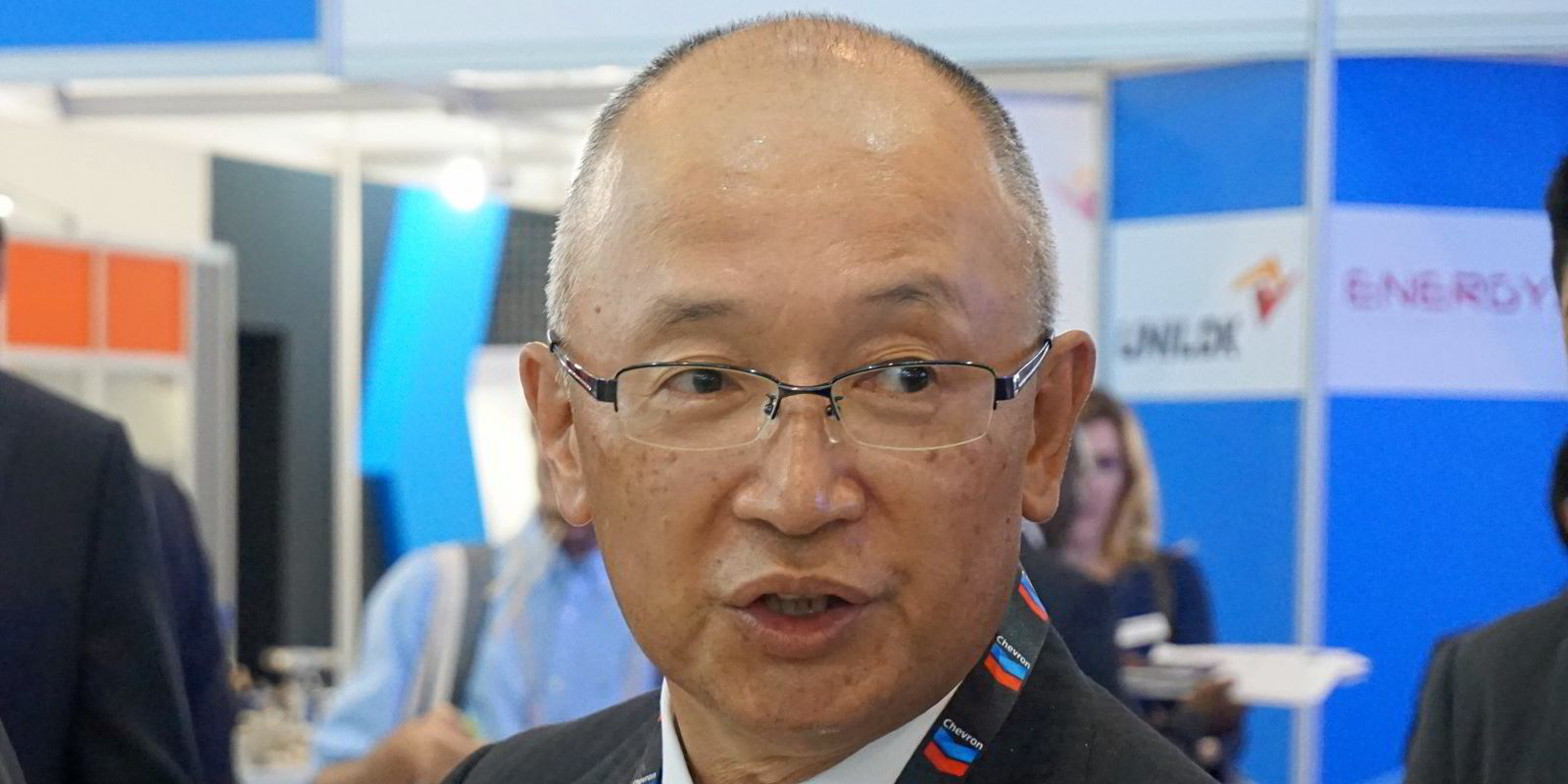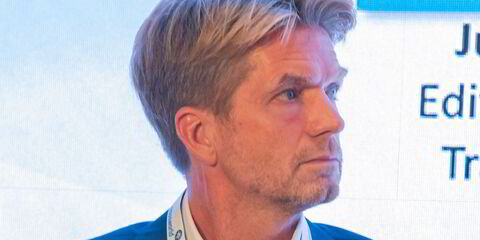Mitsui OSK Lines believes the freight rate crash in container ships may temper demand in the red-hot car carrier market in the near term but it will do little to address the long-term capacity crunch that will continue to drive the sector’s super-cycle.
Koichi Hirata, general manager of MOL Auto Carrier Express (MOL Ace) — the group’s car carrier division — said demand pressure on the sector had been easing as secondhand vehicle exporters had switched to container ships to take advantage of lower freight rates.
Secondhand vehicle exporters seeking out the keenest rates between sectors is nothing new.
Hirata explained they had traditionally used pure car carriers to ship cargo but turned to boxships when container freight rates hit a low in the financial crash of 2007. With the recovery in 2021, they had returned to the car carrier market.
That sector migration played out again as container freight rates entered free-fall in the second half of last year. But he said that this tempering of demand will do little to solve the “shortage of car carrier tonnage that continues”.
The current capacity crunch has led shipping companies such as China’s Cosco Shipping Specialised Carriers to seek unconventional solutions.
The company has used multipurpose vessels and some of its newly delivered wood pulp carriers to transport cargo. To do so it developed 48-foot-long “foldable commercial vehicle frames” that can accommodate three finished cars that can be stacked inside the pulp carriers.
They are not alone and MOL Ace has also explored innovative solutions but has yet to find one to meet its needs.
For Hirata, it was Covid that shaped the sector’s current capacity problems, shrinking the global car carrier fleet by 15%, from about 750 vessels to around 700.
The crisis prompted MOL Ace to shrink its car carrier fleet to around 90 vessels, compared with the 107 vessels prior to the pandemic.
That meant redelivering chartered vessels to owners and sending some owned ships aged under 30 to scrap yards.
“When Covid-19 started, cargoes for car carriers disappeared and there was a large deficit in the first half of 2020,” said Hirata. “We had to carry out business restructure reforms and that included reducing the number of ships.”
Having made those reforms, the market then rebounded.
“Cargo movements for car carriers picked up from 2021 and original equipment manufacturers are asking for more cargo space,” he said.
MOL Ace said it is in constant contact with clients to find solutions to the capacity conundrum — from reducing voyage turnover — duration — by consolidating port calls, or utilising feeder services to enable a ship to start its next voyage earlier. MOL Ace has also chartered ships to support the demand.
Tightening supply
The company said the International Maritime Organization’s new carbon regulations — the Energy Efficiency Existing Ship Index and Carbon Intensity Indicator — will further tighten supply as ships will be unable to travel at high speeds.
MOL Ace’s fleet-renewal plan falls under the wider group’s zero-carbon programme.
The Japanese shipping giant has set a target to achieve net zero greenhouse gas emissions by 2050.
It plans to expand its fleet of LNG-fuelled vessels to about 90 by 2030 as the gas fuel is expected to reduce emissions of CO2 by about 25% to 30% and other GHG emissions when compared with conventional marine fuel.
MOL Ace has a total of eight 7,000-ceu LNG dual-fuel newbuildings under construction at two Japanese shipyards — Shin Kurushima Dockyard and Nihon Shipyard, a joint venture between Imabari Shipbuilding and Japan Marine United. The newbuildings ordered two years ago are scheduled to be delivered in 2024 and 2025.
Shipbuilding sources said MOL Ace is now looking at methanol-fuelled ships and has approached shipyards for newbuildings.
Hirata did not comment on the fuel type for his company’s newbuildings but said MOL Ace’s road map is in line with MOL’s environmental vision and more low-carbon emission pure car/truck carriers are being planned for the company.
“LNG is the realistic solution at the moment, but we may opt for methanol, hydrogen, or ammonia in the future,” he said.






